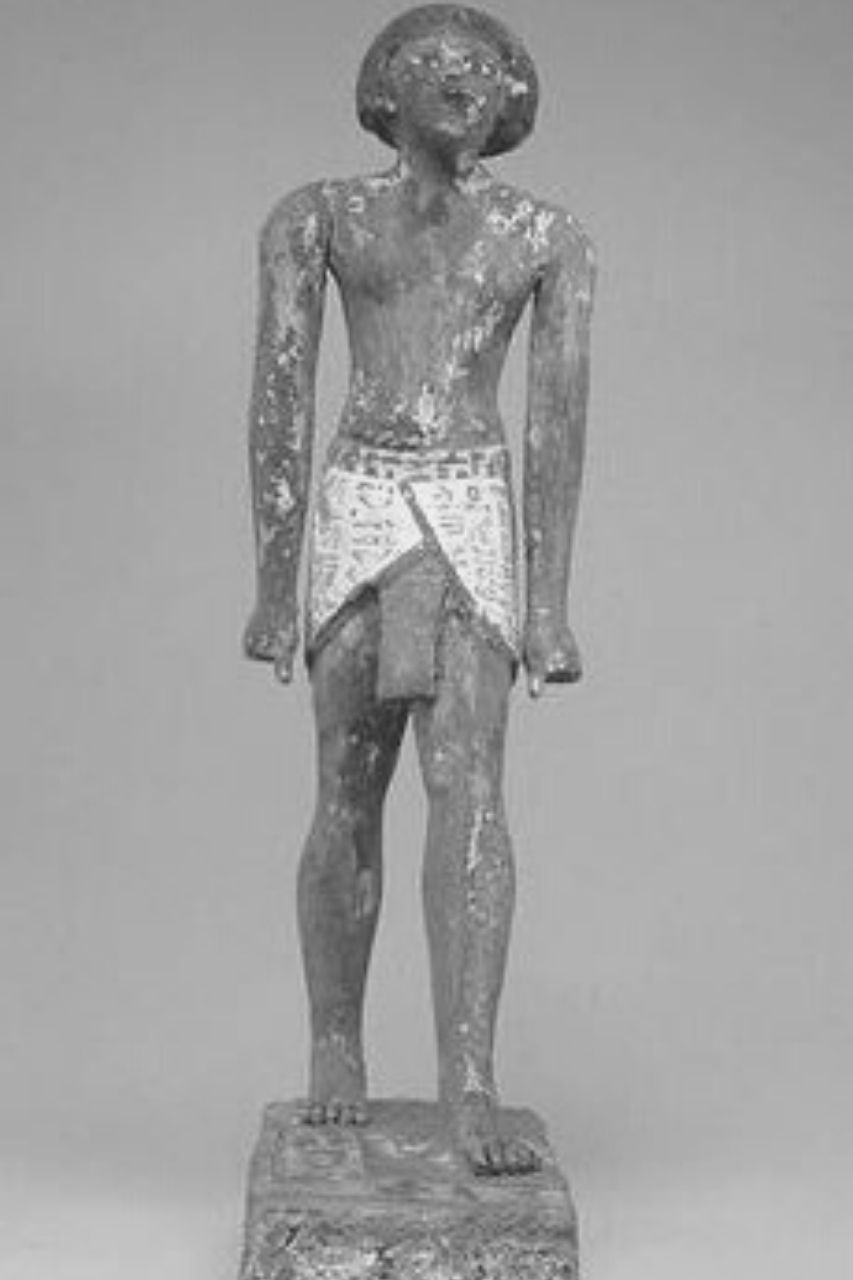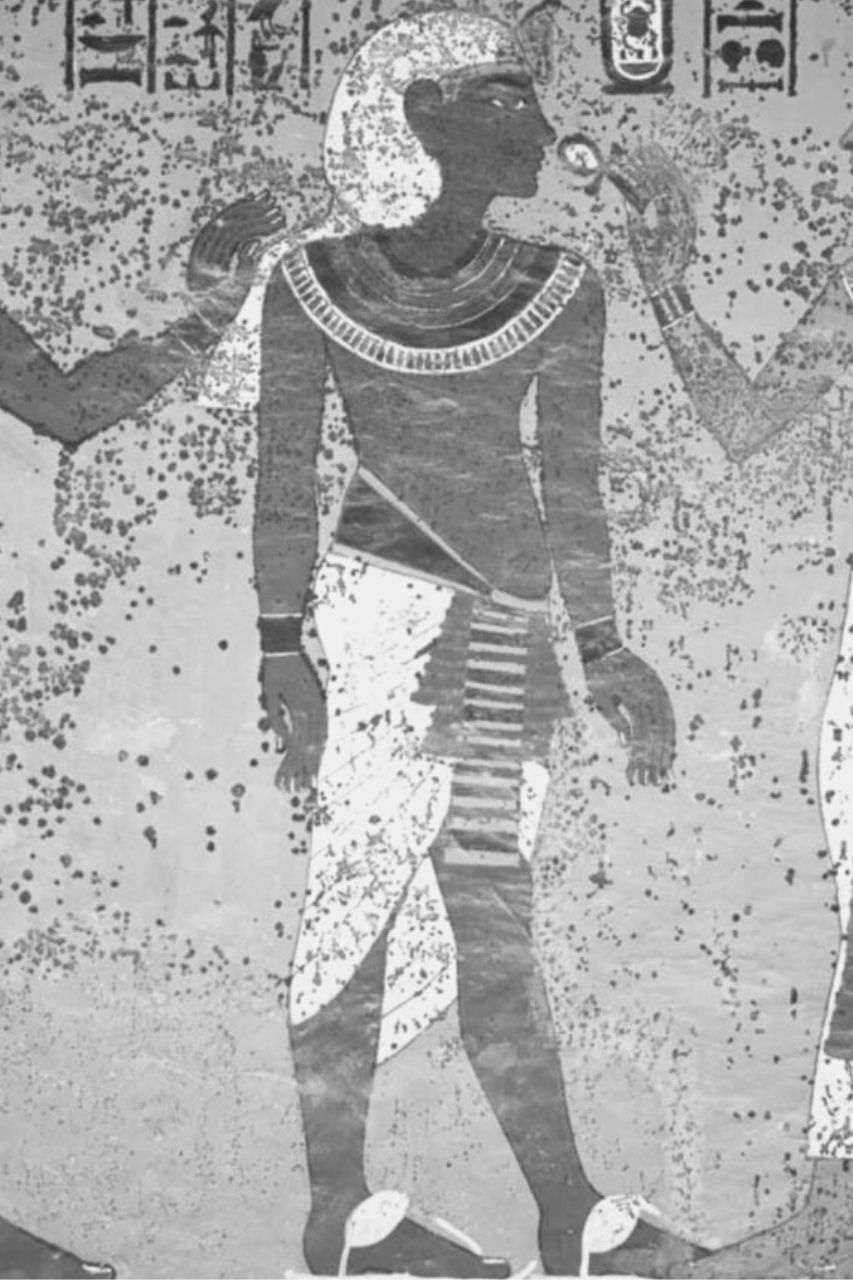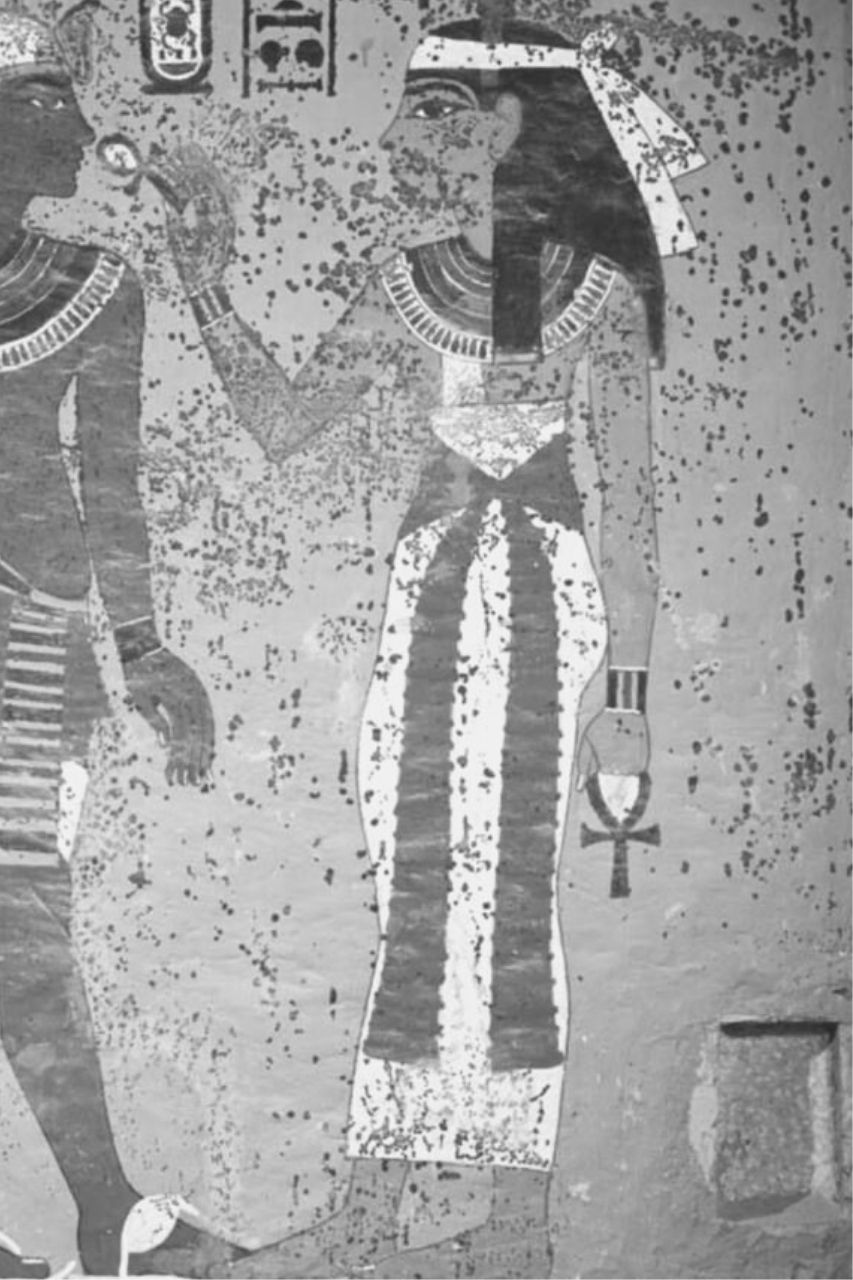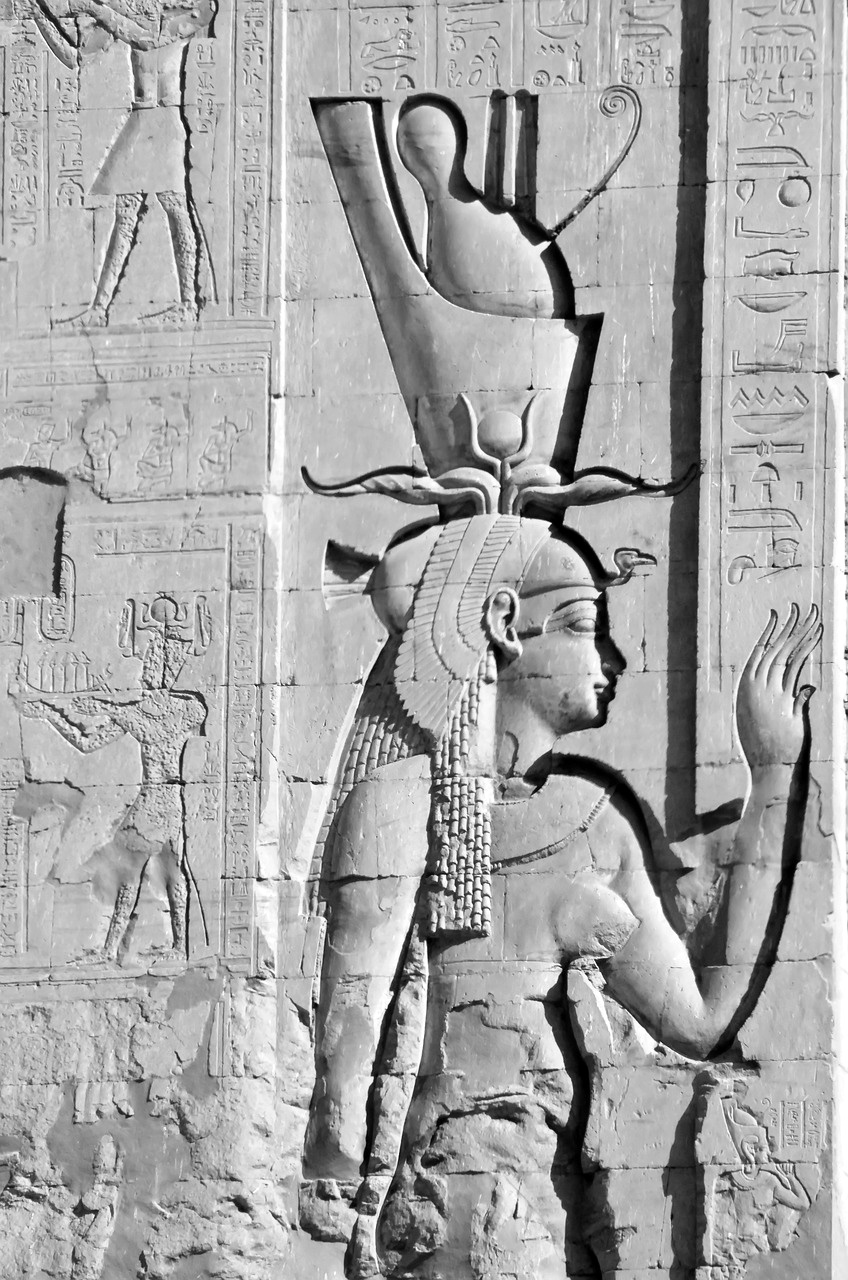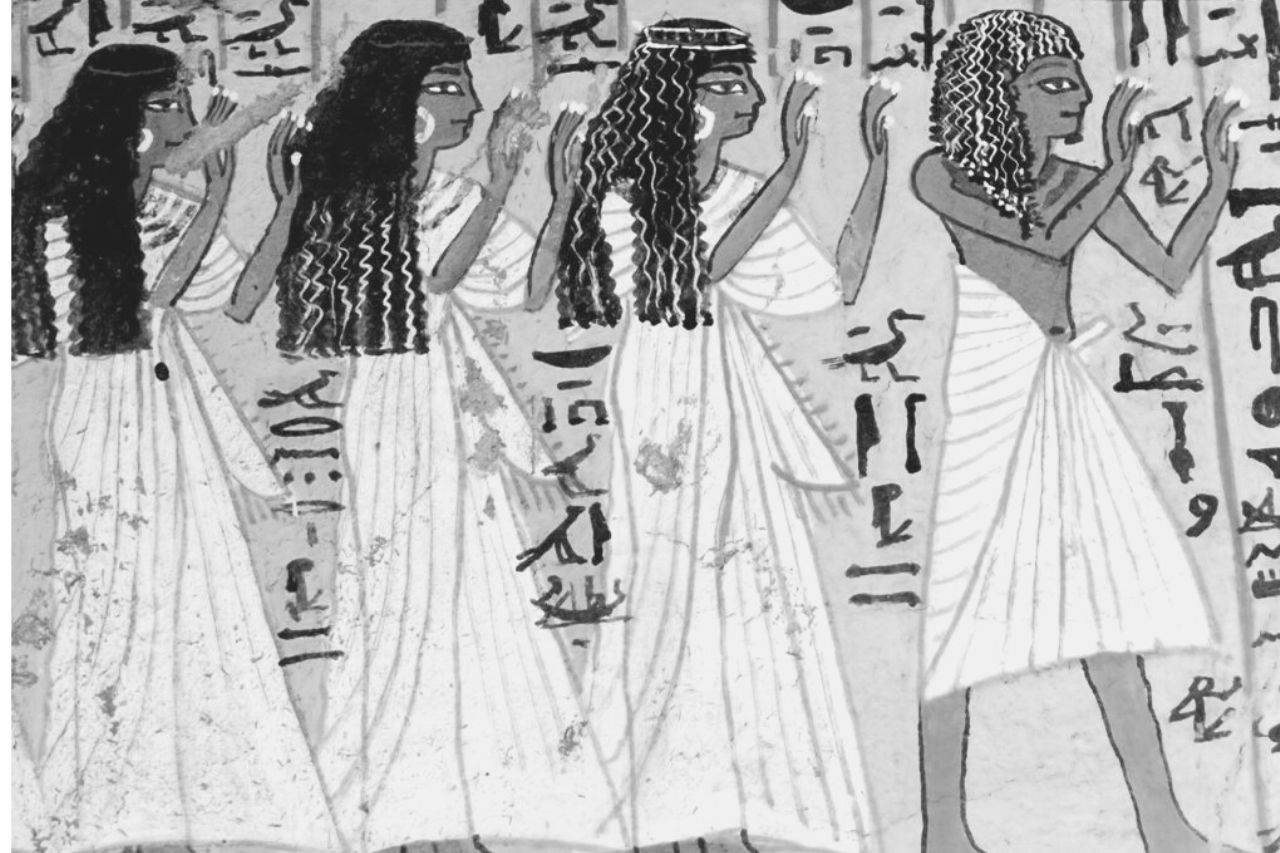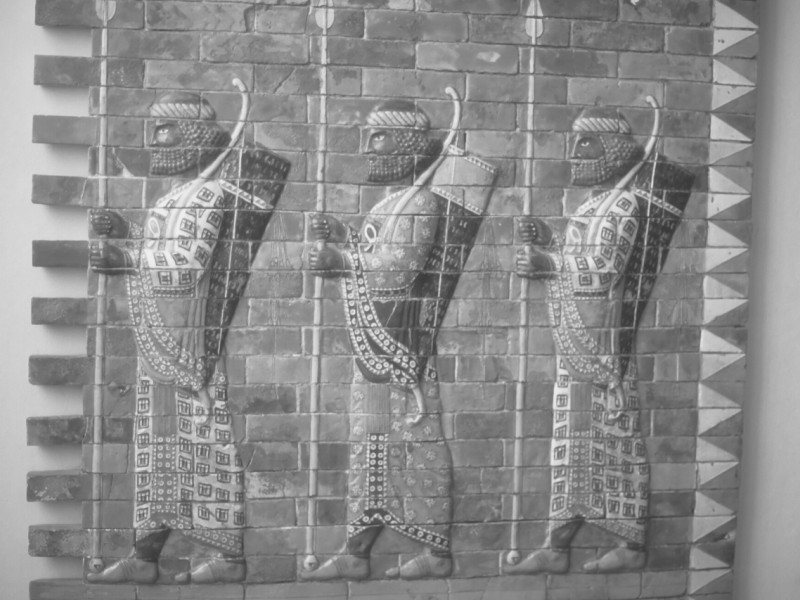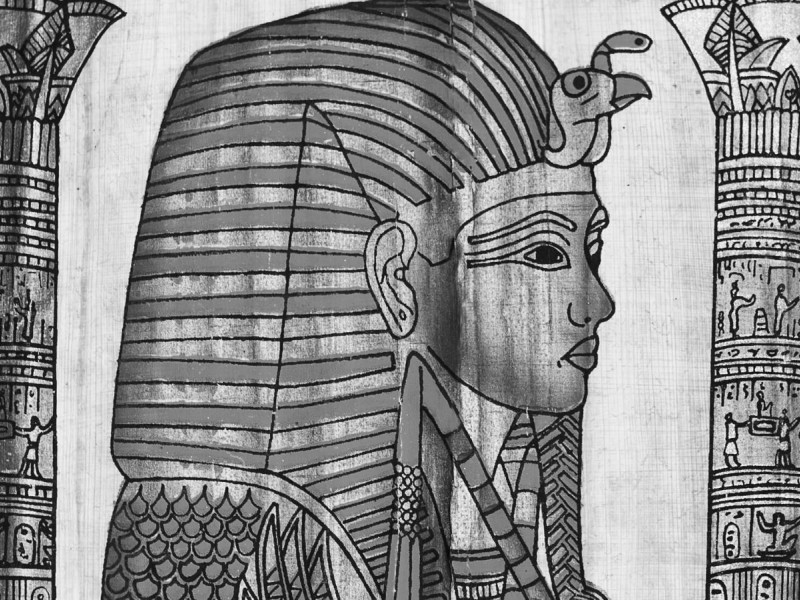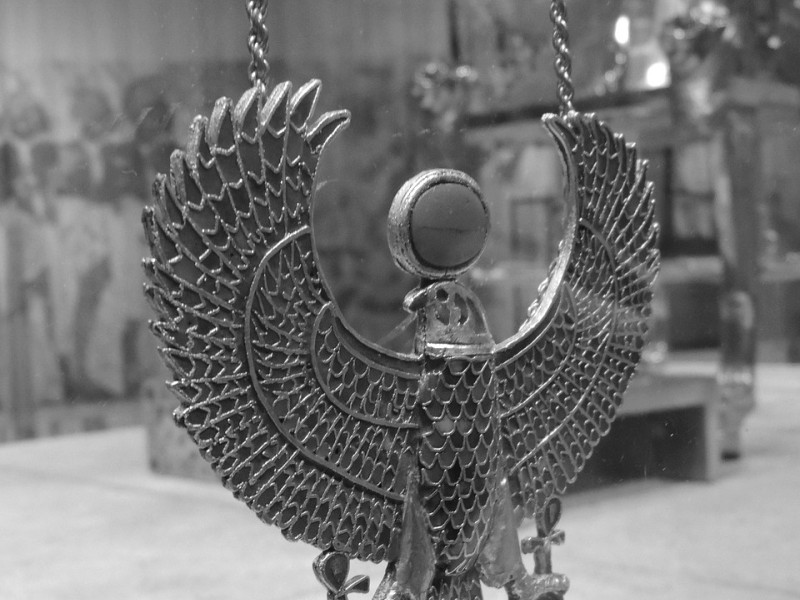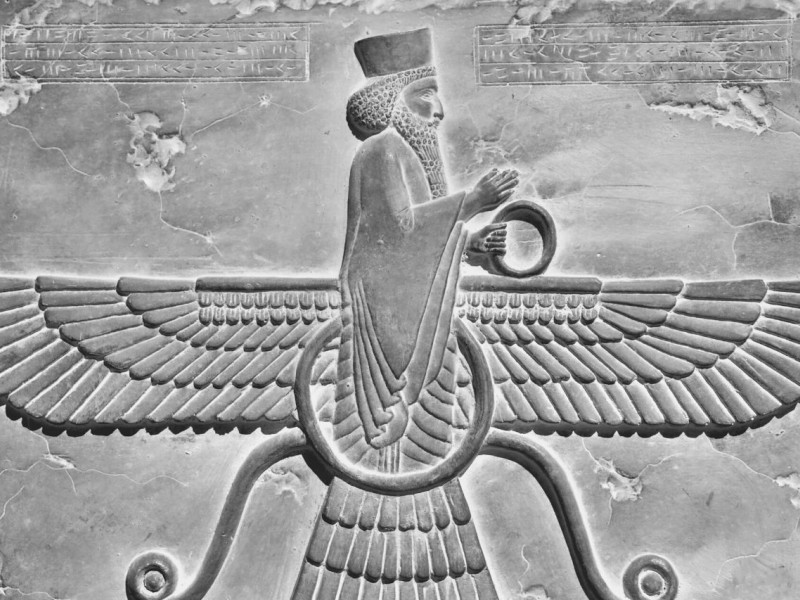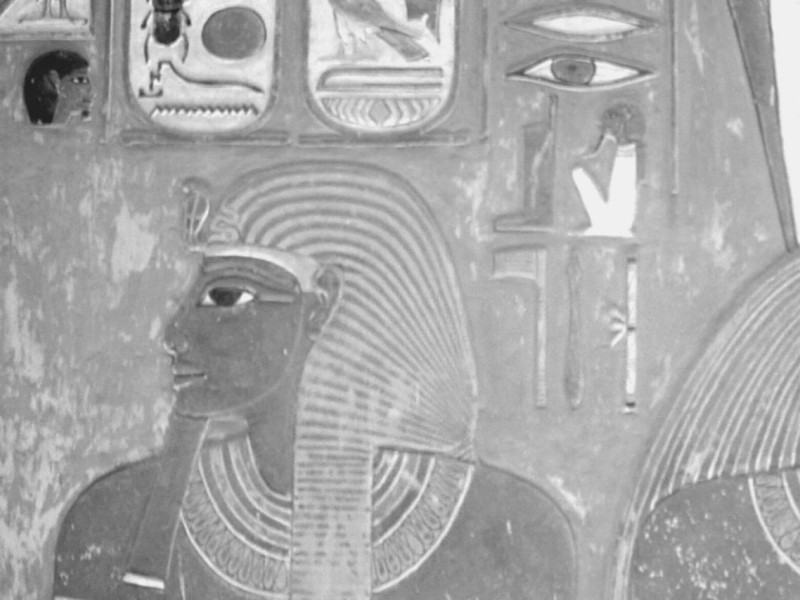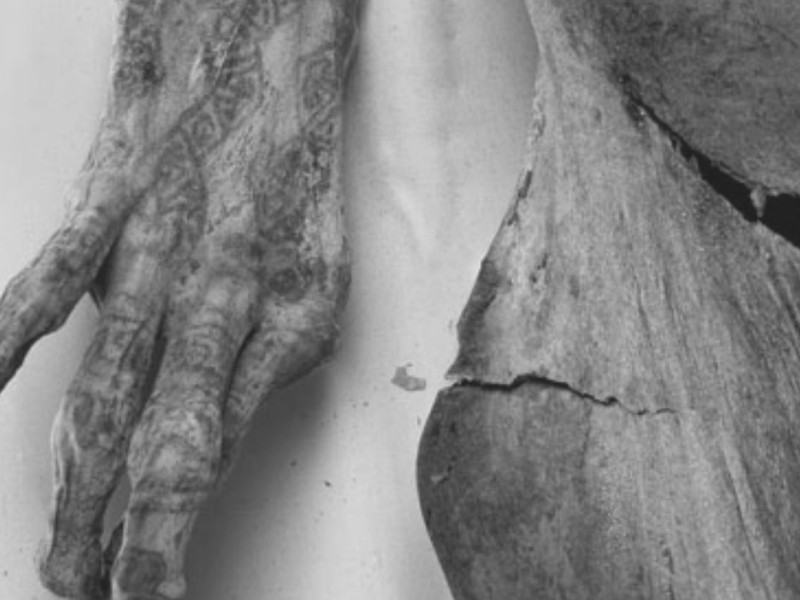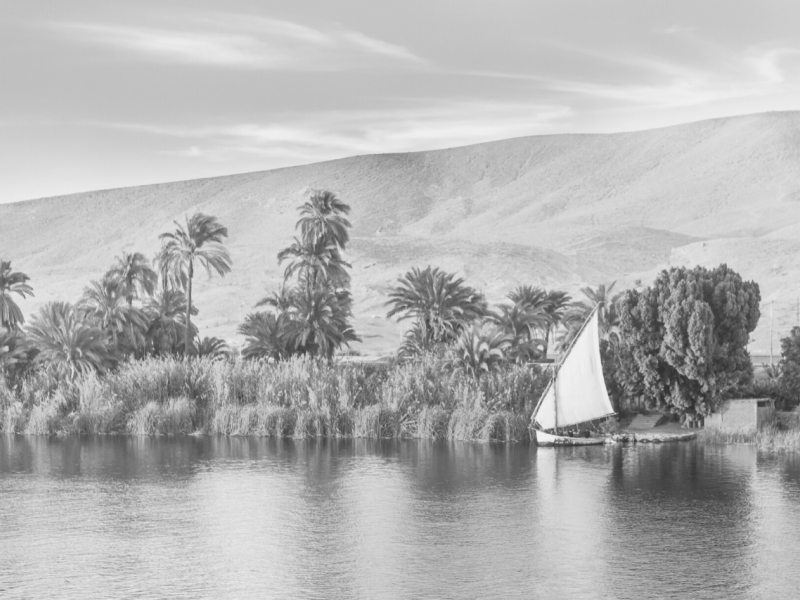Ancient Egyptian Clothing: How Did Clothing Style Evolve in Egypt?
While Egyptians stand out in many ways, ancient Egyptian clothing has made a landmark in the evolution of clothing style.
You will see how they could adapt their clothing to their culture, climate, and civilization. It is always fascinating to look back and compare how the clothes of ancient Egypt have changed from one generation to another.
If you are a well-traveled person, you can tell that Egyptian fashion is rooted in careful and sophisticated design. It may look simple, but it is elegant. You can identify how the royalties projected themselves in their style and how ordinary people dressed up with decency and care.
The Beginning of Ancient Egyptians Fashion
You all know that Egypt was ruled by kings and people of royalty. They were trendsetters when it came to fashion, and they chose what was comfortable.
They wore clothing that can be considered elegant, appropriate, and impressive. Traditional Egyptian clothing style may be simple and comfortable, but it’s always exceptional.
Also, do you know that Egyptians are very hygienic people? Because of this, they chose white as a sign of cleanliness and purity. Moreover, temperatures in the desert were always high. This explains why most of their clothes are white.
Accessories and Jewelry
Forming part of their ensembles are accessories and jewelry. They love wearing jewelry, particularly the elite members of society. It is not just an adornment but also a symbol of their social status.
Gold and silver bracelets, rings, earrings, pins, belt buckles, and particularly amulets were important parts of their attire. They even believed that amulets could protect them from evil spirits, so they’re fond of wearing lots of amulets for good luck and protection.
More artistic people even chose motifs, including images of animals, gods, goddesses, cobras, hawks, vultures, and a lot of personal items that showed their authenticity and artistry. Can you imagine the impact of these items on their lives?
Further, some scholars agree that amulets, jewelry, and accessories were worn to find favor with their gods. It’s a good way for them to get the attention of the spiritual beings governing their fate.
Egyptian Culture Meets Style
Egyptians, as meticulous as they are, take a lot of care in terms of style. It fits their status as royalty, like the pharaoh clothes featured in Egyptian museums of history. Even ordinary folk knew how to dress up despite the heat of the desert.
Culture always played an important role in their designs, but what is striking is their ability to adapt to the weather while highlighting their social status and culture in such a distinctive way.
In our modern times, we see ever-changing fashion trends. We can go shopping today and expect to see something new next week. It is always hard to catch up with the trends, but in ancient times, people valued what was timeless and appropriate.
Ancient Egyptian Style
Ancient Egyptian dressing was an embodiment of style. It didn’t often change because the clothing was a trademark of their generation. Men and women usually wore clothing with draped designs, using knots to tie the cloth on their shoulders and waists.
White is their usual color, given the hot weather. Their fashion style didn’t need much sewing, and they usually wore long robes.
The people who belonged to royalty wore see-through robes, pleated with a more sophisticated accent. In modern times, designers preferred embroidered styles to emphasize their uniqueness. This is an influence of the Assyrians and Persians. All in all, ancient Egyptian fashion was simple yet sophisticated. It was neat-looking and applicable for everyone.
Egyptians were very conscious of good grooming and fashion. They always presented themselves neatly on all occasions. Poor hygiene was shunned, and poor grooming was deemed a second-class act. You can tell that both men and women observed cleanliness and personal care, including wearing decent clothes at all times.
Women’s Clothing
Egyptian woman clothes are form-fitting clothing but not in bad style. The women of ancient Egypt knew what was delicate and polished for them because they were living in palaces.
They loved long skirts with pleats dramatically wrapped around their waists. For the upper part, the cloth is pulled over their shoulders and tied under their chest. Of course, you know it’s always white. They show a strong preference for this color because of the dryness of the place and the scorching heat of the Northern African desert.
Later on, the color changed for women’s clothing. Women also added more pleats and embroidery to their attire. Even classier was the addition of sequins, feathers, and rosettes, and for the upper class, they chose more transparent dresses. Again, these were designed as tube dresses with elaborate adornments.
Men’s Clothing
Men in the land of pharaohs were more meticulous and pickier than their female counterparts. According to scholars, men wore more elaborate clothes and accessories, with their attire comprising forty different kinds of clothing in one ensemble.
Men in the ancient kingdom wore knee-length kilts that were rectangular and fastened with buckles on the waist. This men’s wear symbolizes their age, status in society, and financial ability.
They also wore long pleated skirts decorated with a sash. This kind of adornment has modernized the look of Egyptian men, giving them more colorful linen garments.
Changes in Design
Young men and women symbolize vigor in their clothing. They are very specific with their design and style. The cloth they use is from plant fiber or cotton, which was perfect for the summer weather.
Working class men wore short kilts, whereas affluent men wore knee-length shirts with accessories and jewelry. Working class women were dressed up with wraparound clothes, whereas their elite counterparts were adorned with armlets and amulets in honor of their gods and idols.
Superstitions and Amulets
Another way of getting the attention of their gods is through the use of amulets and jewelry. Ancient people loved superstitions so much, to the point that they have a superstition for every action asking for a god’s favor in their plans.
As previously mentioned, they made use of animal symbols and gold or silver ornaments to ward off evil spirits. You may find it interesting to meet Egyptians with a tiny ornament in the image of a snake, like Cleopatra did, as an adornment and at the same time for superstitious beliefs.
Egyptians walk barefoot in the house to keep the cleanliness of their abode. For footwear, they wore sandals made of papyrus, but as part of their beliefs, any footwear can’t be turned upside down.
Ancient Egyptian superstition explains that shoes, slippers, or sandals left upside down would inflict adverse events in one’s life. They believe that it’s a grave way to insult a god.
Also, some people have used inverted shoes to address devils. Interestingly, this kind of superstition has captivated the mind of the people, and more often than not, people follow voluntarily. People thrive, believing that they won’t lose anything when they follow superstitions.
The Egyptian Royal Image
A sophisticated fashion sense is a vital part of Egyptian royalty. Gods and goddesses were presented in statues, temples, and walls with all their confidence, power, and beauty. It is definitely a huge part of their image to have an elegant taste to attract more people to worship or respect them.
To build much respect, they pay more attention to the proportions of the body. With lots of superstitions attached to their gods, they believe that women should have slim bodies while men should be muscular. Every woman desires to have a small waist, a flat belly, and rounded breasts. You can bet they do everything that it takes to lose weight.
Egyptian royalties were pictures of perfection. They’re tall, slim, elegant, and commanding, undoubtedly inspiring awe and respect.
In the Old Kingdom, royalties wore a sheath with a shoulder strap, whereas, in the New Kingdom, their clothes were designed with sheets shining with gold thread and beadwork. This attire was made of linen as the weather had to be taken into consideration.
You will notice that the New Kingdom showcases a more intricate design, probably because there has been more interaction among peoples in this era than in the Old Kingdom when transportation and communication between kingdoms were limited.
Changes happened during the reign of Amenhotep III (1390–1352 B.C.) At that period, women’s clothes were made of see-through linen, which was very light. It was even lighter than their previous linen cloth.
This trend shows their maturity in terms of wearing see-through clothes. Meeting someone who is wearing something light could be amusing or lewd to other cultures, but to the Egyptians, it’s art.
Men’s attire also underwent some changes. For example, they had to wear knee-length shirts or kilts. Some of them also wore leather loincloths, and sometimes, their clothes were decorated with gold thread and beadwork.
Egyptian Hairstyles
Egyptians did not only pay attention to their clothes but also their hairstyles. For them, taking care of their hair is important to their total fashion sense. They even hired sophisticated hairdressers to take care of their precious hair. Hygiene was a must, and their hair had to be washed and scented frequently.
Children were presented with bald heads, except for one or two tresses or a plait at the side of their heads. This was to honor the god Horus because this was how he was presented.
People wore wigs as part of their hair decoration. They also loved wearing bulky wigs and perfumed cones to make their heads look bulky.
In short, men and women were presented to have huge head styles. All kinds of people wore hairpieces, which were produced using human hair and had vegetable-fiber cushioning on the underside.
Designed with cautious plaits and strands, the wigs were regularly long and heavy. They may have been worn basically at lively and stately events, as in 18th century Europe. Ministers shaved their heads and bodies to confirm their commitment to the gods and support their tidiness, an indication of refinement.
Conclusion
Egypt is not only the birthplace of culture and civilization, but it is also the beginning of clothing style and beauty. With all the royal individuals who started this strong sense of fashion in Egypt, people can learn what is appropriate, stylish, and attractive.
Egyptians wore clothes that are suited to the hot weather in their country. They have perfected their classic style fit for the royal family. The makeup, hairstyle, and stylish clothing of ancient Egypt mark the epitome of Egyptian beauty.
They love dressing up because, for them, beauty is an essential part of life. Being fashion conscious, clean, and elegant has been the standard nobody could deny.
While we have learned much about the design of ancient Egypt, you should not forget that the modern style depends largely on the past. New fashion concepts will always be based on old ideas and will, without a doubt, flourish in the years to come.
